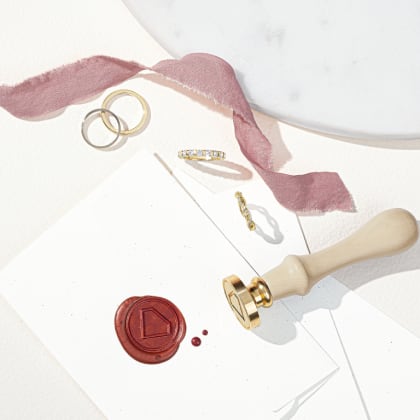For hundreds of years, wedding rings have provided a beautiful opportunity to commemorate the commitment we make to our beloved. And while ring styles and stones depending on the trends and tastes of the day, there’s one factor that doesn’t seem to deviate—where, or on which finger, the wedding band is worn. Some believe that it’s meant to be worn on the left ring finger while others believe it’s the right ring finger, or even a different finger rather than a different hand.
So, which finger does a wedding ring go on? In the US, wedding rings are usually worn on the fourth finger of the left hand—and there’s a fascinating history behind why.
Below, we dig into the origins of this tradition, how it compares to other ring-wearing practices around the world, and how to care for this precious memento to make it feel uniquely yours.
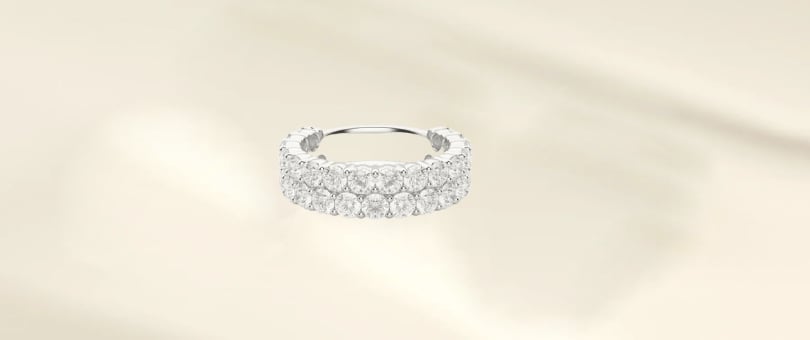
Evolution of Wedding Rings & Bands:
Wedding rings hold a special place in Western culture, symbolizing love and commitment. But have you ever wondered why we wear them on a particular finger? To fully appreciate this tradition, let’s explore the intriguing history of wedding rings and how they came to be placed on a specific finger.
The Ancient Origins: Egypt and Rome
The tradition of wedding rings dates back to ancient civilizations. In Egypt, as early as 3000 BCE, rings made from materials like leather and braided hemp were exchanged as tokens of commitment. Meanwhile, the Romans adopted the custom, of using more durable materials like iron and gold.
The circular shape of wedding rings, symbolizing eternity with no beginning or end, became a hallmark of this tradition. It signified the everlasting nature of love and the unbreakable bond between two individuals.
The Vena Amoris – The Vein of Love
The Romans believed that a vein, called the “vena amoris” or the “vein of love,” ran directly from the fourth finger of the left hand to the heart. This belief gave rise to the tradition of placing the wedding ring on the fourth finger of the left hand, a practice that endures in many cultures to this day.
Over the centuries, wedding ring materials and designs evolved. From plain bands to intricate gemstone settings, rings became more diverse in their symbolism and aesthetics. Yet, the core message of love and commitment remained constant.
Global Spread and Adaptation
As civilizations interacted and cultures merged, the tradition of exchanging rings spread globally. Each culture added its own unique twists, resulting in a rich tapestry of customs and practices. This global diffusion reflects the enduring power of the wedding ring as a symbol of love and commitment that transcends time and borders.
Wedding Rings On the Fourth Finger
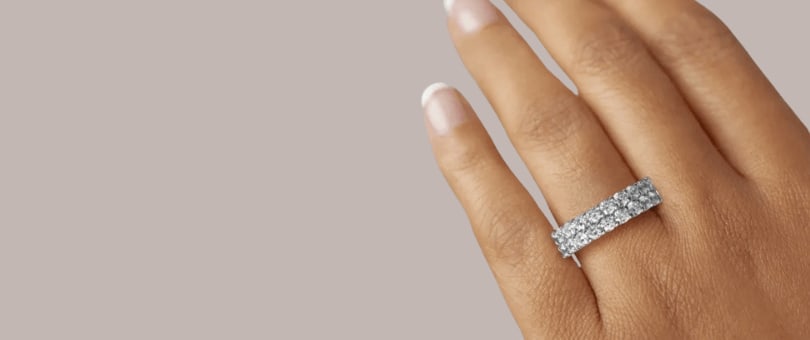
If you’re anticipating the big wedding day, one question you may have is which finger you will place the ring on during the wedding ceremony. Today, most Western men and women wear their wedding bands on the fourth finger of their left hand, counting forward from the thumb, often the engagement ring finger as well. This explains why many people refer to this digit as “the ring finger.”
But wedding rings have been a popular signifier of devotion throughout the ages. The ancient Egyptians, Greeks, and Romans were three notable premodern cultures that embraced this practice—with one key difference.
If you were to travel back a few hundred years to scope out history’s oldest wedding rings, you wouldn’t find precious stones in their designs. Instead, most ancient wedding rings were made out of more commonplace materials like:
- Leather
- Bone
- Ivory
- Hemp
- Braided reeds
Several ancient cultures wore their wedding rings on the fourth finger, believing it contained a vein (the vena amoris or “vein of love”) that ran straight to the heart. And while the myth was long ago debunked by biology, the ancient times’ tradition of donning wedding rings on the fourth finger has stuck—in the Western world, that is.
Wedding Ring Finger: Cultural Influences
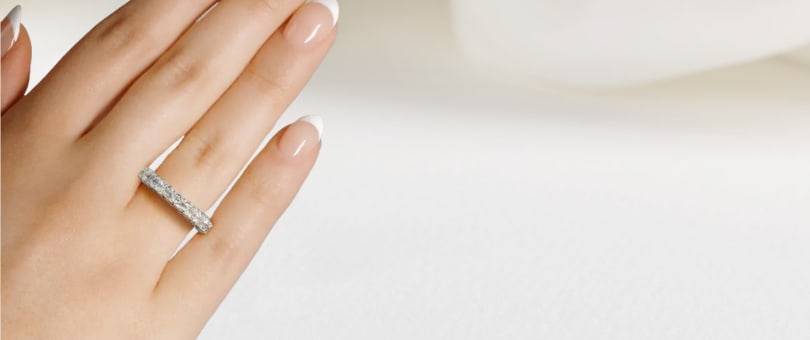
Wedding customs differ globally, with varying ring finger placement traditions in different cultures. Explore the fascinating customs from around the world, including Western practices and unique finger choices in other cultures.
Wedding Rings on Left Hand: Western Cultures
In many Western cultures, including the United States and much of Europe, the wedding ring is typically worn on the fourth finger of the left hand. This tradition is rooted in the belief that this finger has a direct vein, the “vena amoris,” leading to the heart.
Wedding Rings on Right Hand: Eastern Cultures
Since a debate exists, when do you wear a wedding ring on right ring finger? If you travel to Portugal to tour the National Palace of Pena or hop a plane to Greece to glimpse the Acropolis, you’ll certainly encounter locals wearing wedding rings—but not on their left hand. Lovers in these countries still wear wedding bands on the fourth finger, but they typically do so on their right hand.
This tradition was likely inherited from the Romans, who preferred their right hand because they associated their left hand with untrustworthiness. In other countries, like Russia, it’s believed that wearing the ring on the right hand was inherited through the Orthodox Christian Church from the Romans.
You’ll also find a preference for right-handed wedding rings in:
- Poland
- Denmark
- India
- Spain
- Norway
- Austria
- Germany
- Colombia
Alternate Fingers and Hands
Some cultures deviate from these common practices altogether. For instance, in Greece, it is customary to wear the wedding ring on the right hand’s fourth finger. In Jewish tradition, the ring is placed on the index finger.

Wedding Rings and Spiritual Connections
Varied Beliefs, Singular Symbolism
The act of exchanging wedding rings is deeply intertwined with religious and spiritual beliefs worldwide. The choice of which finger to place the ring on holds profound significance in these contexts, adding a layer of sacredness to the tradition.
Wedding Ring Finger Placement in Various Religious Beliefs
- Christianity: Wedding rings are worn on the fourth finger of the left hand, symbolizing the unity of two hearts in love and faith. They are often blessed during the ceremony.
- Islam: While not strictly specified, exchanging rings symbolizes an enduring commitment in Islamic marriages. The ring represents eternal love and unity.
- Judaism: In Jewish weddings, a plain ring is placed on the index finger of the bride’s right hand, signifying consecration and the purity of the marital commitment.
- Hinduism: Wedding rings are not traditional in Hindu ceremonies, but some modern couples may exchange them, often placing them on the third finger of the right hand, symbolizing the heart connection.
- Buddhism: Buddhism emphasizes simplicity and detachment from material possessions, so wedding rings are not a common practice. However, some Buddhist couples may choose to exchange rings as a symbol of commitment, with the choice of finger based on personal preference.
Symbolic Meanings Associated with Different Fingers
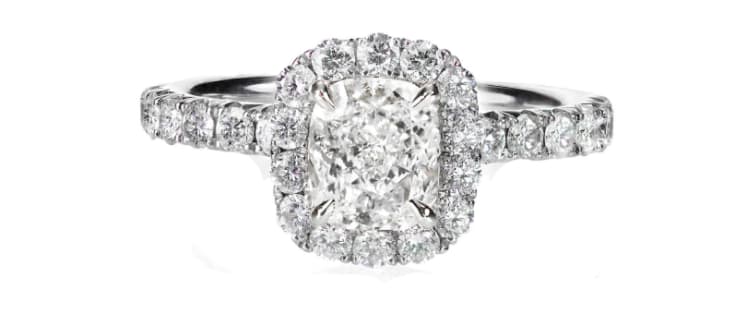
The religious significance is often attached to the chosen finger. For example, in Christian customs, the fourth finger symbolizes the Holy Trinity – the Father, the Son, and the Holy Spirit. In Hinduism, the third finger represents fire, a sacred element in the faith. These associations imbue the act of wearing a wedding ring with spiritual depth.
Unity in Diversity
Despite these variations, a common thread unites these practices: the rings signify the sacred unity of marriage. The specific finger chosen may vary, but the underlying belief in the enduring bond of love remains universal. The religious and spiritual significance of wedding ring finger placement underscores the profound nature of the commitment made to this special occasion.
Beyond the Wedding Ring: Exploring Love Rings
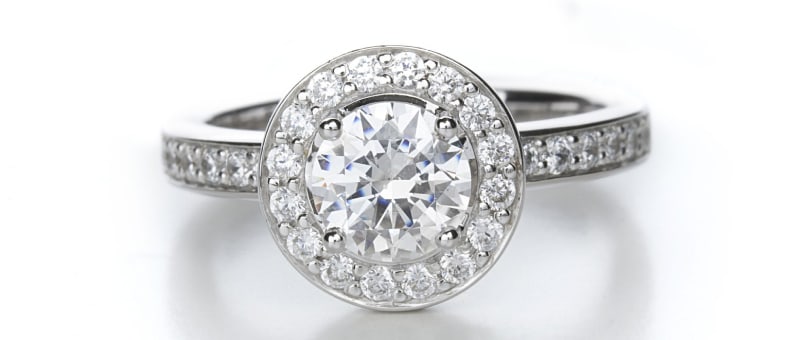
Many types of bands may be worn to symbolize fidelity—and not every ring you see on a finger (fourth or not) is a wedding ring! Stacking rings is also a tradition or a personal preference for some.
Let’s take a look at 3 other types of love rings and how they’re traditionally worn.
#1 Engagement Rings
Women’s Engagement rings have grown to be the second most popular kind of commitment ring apart from wedding rings since the very first engagement ring was given by Archduke Maximilian of Austria to Mary of Burgundy in 1477.
Engagement rings are:
- Typically worn on the left hand and may be worn stacked with the wedding ring
- Usually given when your beloved proposes marriage, either in the moment or shortly thereafter
In many countries where the wedding ring is worn on the right hand, engagement rings are still worn on the left.
#2 Promise Rings
Another ring that many hold special for love and commitment is the promise ring for her. Promise rings may be worn for many reasons beyond an impending engagement or marriage. For example, many youths in high school and college choose to gift a promise ring to their loved one without any implied connotation of future nuptials. These couples may determine what the ring symbolizes together, or they may just wear it as a sign of general devotion and love.
Promise rings are:
- Typically worn on the ring finger on the right or left hand (but there’s no hard and fast rule about where promise rings should go!)
- Usually less ornate than engagement rings, though they are often personalized with inscriptions.
#3 Purity Rings
Adopted for religious reasons, purity rings are typically donned to symbolize a commitment to both spiritual and romantic devotion. They are typically worn by young people who have taken a vow of chastity or plan to abstain from physical intimacy until after marriage. A recent example from popular culture was those worn by two Jonas Brothers in the early 2000s.
Purity rings are:
- Able to be worn on any finger you choose. While you don’t need a partner to don one, many couples decide to wear them together.
- Often gifted by parents, religious authority figures, or spiritual advisors.

Wedding Ring Customs: Tradition to Trend
Wedding rings are the reigning symbol of marriage worn in our society today, but many couples choose to take matters into their own hands by putting their own spin on the tradition. This may be because:
- They don’t wear jewelry, or they can’t wear jewelry on their left hand
- The cost of the ring
- Ethical grievances with the jewelry industry
- They want a more unique symbol of their commitment
Fortunately, there are a host of inventive approaches for couples in search of a physical symbol of their love. Let’s take a look at a few fresh ways to do it comfortably, affordably, ethically, and beautifully.
Right Hand Wedding Rings
Many people who are left-handed find it challenging to wear their engagement or wedding rings on their left hand. Even a small band can make it uncomfortable to write, twist door knobs, or can cause hair snags each time you answer the phone.
Fortunately, right hand rings are designed for left-handed paramours who want to wear their wedding ring without feeling the pinch. Whether you’re choosing to wear yours on your right hand for cultural reasons or personal dexterity, these pieces make it easy and elegant to prioritize comfort.

Alternative Diamonds and Precious Stones
Diamond-set engagement or wedding rings are undeniably eye-catching, but many couples don’t want to endorse an industry known for its detrimental environmental and human impact.
Whether choosing an ethical alternative to the diamond engagement ring and wedding band or simply wanting a different style, there are plenty of options. Alternative diamonds, particularly lab-created diamond simulants, offer a compelling avenue for embracing tradition without the ethical breaches it can come with. These synthetic diamonds are as lustrous and exquisite-looking as the classic stone but are ethically sourced by being cultivated in a laboratory.
Even better: due to the shorter supply chain of these diamond alternatives, many of these stones are significantly more affordable than their mined counterparts.
Alternative Wedding Jewelry
It’s more and more common for a couple to celebrate their relationship by eschewing traditional wedding rings altogether and opting for some other romantic symbol or gesture.
Many couples choose to:
- Wear their band as a pendant around the neck
- Choose another stone to be worn with a chain around the neck or wrist
- Select an alternative piece of jewelry like crystal earrings for women
Bucking tradition can be meaningful in its own right. Whether that’s styling your wedding bands in modern fashion or exchanging a different type of jewelry entirely, taking ownership of the customs you uphold can be a wonderful way to showcase what makes your relationship unique.
Can You Take Your Wedding Ring Off?
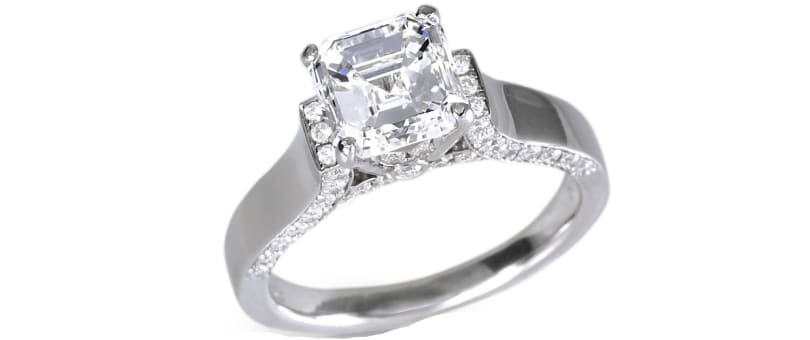
Before buying your wedding ring, it’s a good idea to take a few factors into account to plan which kind of stone and band makes sense for your lifestyle. While wedding ring placement can be a matter of personal preference, deciding when to wear or not to wear it should come down to some key considerations:
- Ring materials – Some metals are more vulnerable to abrasion than others. For example, sterling silver can be a beautiful and coveted material, but it’s not the best choice if you routinely expose your hands to the elements or chemicals.
- Ring value – If your ring is extremely valuable, you may think twice before wearing it to a baseball game or concert, where it can easily be lost or even stolen.
- Your occupation – If you work with your hands, it may not be prudent to wear such a precious item all the time. Moreover, people who exercise often or play sports may want to take their ring off before hitting the gym or playing field to avoid damaging it.
Here’s a quick run-down of when we recommend taking off your wedding ring:
- You’re heading out for a workout
- You’re about to take a bath or shower
- You’re heading out for a day at the beach or pool
- You’re about to clean (especially with heavy chemicals)
Removing your jewelry when partaking in these activities is a surefire way to honor your relationship by extending the life of your pieces.

Find the Perfect Wedding Ring with Diamond Nexus™
From ancient Romans and Egyptians to modern-day cultures, the debate on the wedding ring finger remains. But, No matter where you plan to wear your wedding ring, there are infinite ways to covet, style, and treasure the perfect piece to represent you and your partnership. Diamond Nexus’ vast array of alternative stones are made of carbon, set by hand in our Milwaukee, WI workshop, and protected with a Lifetime Stone Guarantee to ensure the quality of every stone, forever.
Learn more about what sets our pieces apart and browse rings ranging from traditional to on-trend by visiting our online showroom today.
*Here at Diamond Nexus, we strive to provide valuable information while being clear and honest about our products. The Nexus Diamond™ alternative is a patented lab created diamond simulate that, among all simulants, most closely imitates the look, weight and wear of a diamond, with two exceptions – it is absolutely perfect in every way, and it costs significantly less. Price points and environmental facts expressed in this blog were taken from popular online retailers and may vary. Learn more about the environmental impact of mining by visiting our blog.
Sources:
Vanity Fair. Band For Life: The History of Wedding Rings. https://www.vanityfair.com/london/2018/07/band-for-life-the-history-of-wedding-rings
Brides. Everything You Need to Know About Ring Fingers. https://www.brides.com/story/why-are-wedding-rings-worn-on-left-hand
LoveToKnow. Wedding Ring on the Right Hand. https://engagementrings.lovetoknow.com/wiki/Wedding_Ring_on_the_Right_Hand
Russia Beyond. Why do Russians wear wedding rings on their right hands? https://www.rbth.com/lifestyle/326893-why-do-russians-wear-wedding-on-a-righ-hand
Gemological Institute of America. The History of the Engagement Ring. https://4cs.gia.edu/en-us/blog/history-engagement-ring/
ELLE. Sophie Turner Says The Jonas Brothers’ Eternity Rings Were ‘Lame’ During Family Show. https://www.elle.com/uk/life-and-culture/culture/a38351270/sophie-turner-jonas-brothers-family-roast-show/

